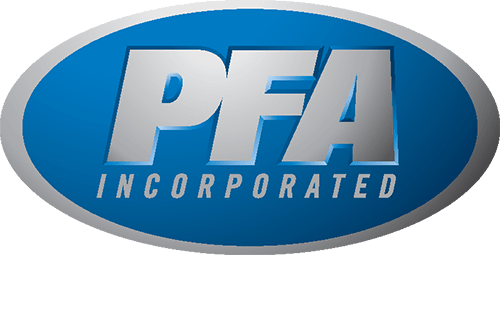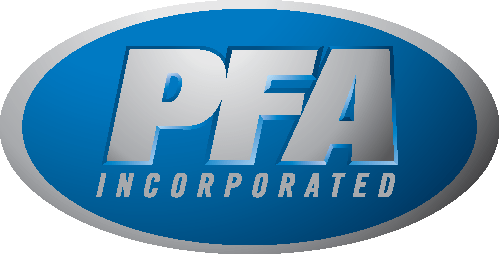Injection molding defects are often inevitable, and, depending on the type of product being created, there are a variety of potential things that could be happening. Anyone that says injection molding defects are a result of inattention or inexperience typically are not taking into factors like material differences, ambient environmental facts, machine calibration changes, margins of error and much more. Simply put, these are many different things that can cause injection molding defects; however, there is also always a way to prevent them.
While many different potential injection molding defects can occur during a production run, some are more common than others. The team at PFA, Inc. has developed this list of the 5 most common types of defects that injection molders will see and some easy ways to prevent them or repair them. This process will ensure that downtime is limited – and material waste is less impactful on the manufacturing budget. This will ensure that any injection molding manufacturer can continue to serve their customers quickly and affordably.
Short Molding
When injection molding results in an incomplete part, or the mold was not fully formed, it often results in short shot or short molding. In most cases, this occurs because the material is cooling too quickly and essentially blocks areas within the mold from being filled. Conversely, too much gas or air bubbles could also be causing short molding to occur. To remedy this injection molding defect, manufacturers should try raising material and mold temperatures to improve flow while also focusing on better venting features to allow air to escape. Performing vent cleaning and clearing, or other mold maintenance, may also help prevent this problem from occurring.
Flow Lines or Marks
Often caused by non-uniform cooling times or flow rates, as well as unnecessarily narrow part features, flow lines or marks often appear as discolored bands on the surface of a completed part – typically near the mold gate. Flow marks may also appear as an isolated version of flow lines that cause discoloration in small areas, but not the entire circumference of the part. In most instances, these problems can be fixed by increasing the temperature, pressure or injection rate of the mold to eliminate irregular cooling or premature solidification of the material.
Air Pockets or Vacuum Voids
Once air becomes trapped inside of a mold cavity, it tends to create air pockets or vacuum voids in the completed product. As one of the most common injection molding defects, this problem can be identified by the presence of small air bubbles in the part’s construction or voids that occur near the surface of the product. One common remedy for this problem is to move the gate to the thickest portion of the mold to eliminate premature cooling; however, ensuring the wall thickness of the part is below 6 millimeters or increasing injection and holding pressure can also help force air out of the material.
Burn Marks
While burn marks do not always result in the rejection of a part, they are a cosmetic problem that could hinder the level of quality that an injection molder can provide to their customers. Burn marks are typically created by overheating the material and trapping air at excessive temperatures within the mold or at the nozzle. Some common ways to eliminate burn marks include reducing cycle times to encourage faster cooling, adding or cleaning vents to remove trapped air, lowering injection speeds or lowering the melt temperature of the material so it does not reach burning temperatures quickly.
Weld Lines
Once materials travel from two directions and meet within a mold, they could potentially be creating “weld lines” due to varying cooling rates that are occurring. Although commonly seen as an aesthetic issue by clients and injection molding manufacturers, weld lines could potentially cause problems as the materials do not bond properly and threaten the overall integrity of the product. Unfortunately, fixing this injection molding defect often requires a mold reformatting in which a single gate is used to prevent these flow lines. If multiple gates are needed, using higher material temperatures may provide more uniform cooling temperatures.
PFA, Inc. strives to ensure that injection molding manufacturers have the tools and resources needed to accurately create complex problems while also minimizing material waste that could be occurring. One of the best ways to limit common injection molding defects is by tightening your processes through the implementation of modern, innovative solutions. No matter what the needs of a manufacturer may be, PFA, Inc. is sure to have the right products to help. For more information about the ways our products improve your plastic injection molding processes, visit our products page. For more immediate assistance, reach out at our contact us page.

